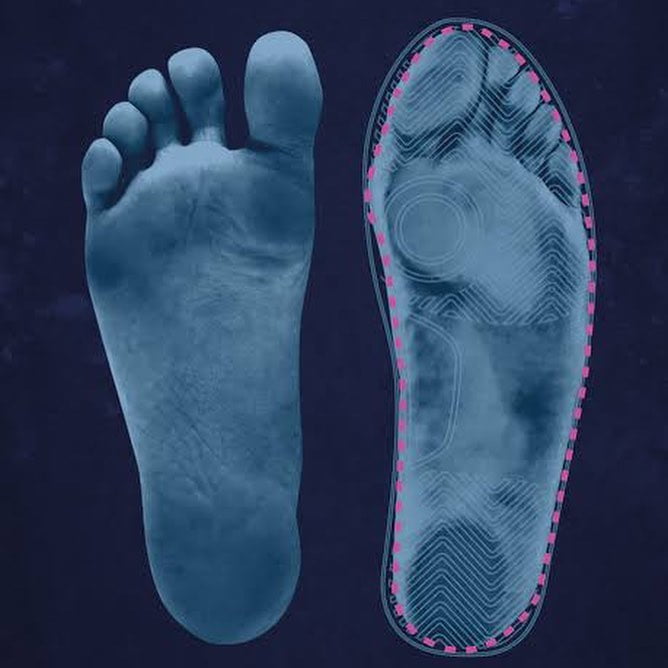Shoes shaped like your feet, or feet shaped like your shoes?

Are your shoes shaped like your feet, or are your feet shaped like your shoes? When shoes first appeared tens of thousands of years ago, the purpose was clear cut: protect your feet. Somewhere along the line, cultures decided that there was a desired aesthetic for both shoes and feet, and suddenly that protective purpose started to become secondary. This is most obvious in Chinese foot-binding culture, but still persists today with high heels, pointed dress shoes, and even tapered sport shoes. As a leading chiropractor in Dee Why, I have seen a variety of modern cases.

Feet; where the rubber meets the road. Your feet are extremely complex and well designed structures with huge roles as fine tuned sensors, shock absorbers, and powerful levers, tried and tested over millions of years of evolution. Each foot has 26 bones, 33 joints, and over 100 muscles. They’re made to move, and move a lot.

But with tapered shoes compressing your toes, raised arch support making your natural arch strength and elasticity wither away from disuse, and thick soles with raised heels de-sensitising your soles and de-conditioning your balance receptors, your feet are rarely able to live up to their potential. All of this shoe technology designed to do the job your feet are made to do naturally can pretty quickly lead to injury as soon as you try to push your feet to run, jump, or perform with tissues that just aren’t conditioned to cope. (See Do You Need Orthotics or Foot Support, or not at all?)
Pretty much the pinnacle example of contemporary footwear designed without any consideration for foot function, fashionable high heels can give way to a number of biomechanical issues:
- Compressed, misshapen forefoot e.g. bunions
- Calf tightness
- Poor ankle mobility
- Foot pain/tightness
- Foot muscle weakness
- Forward pelvic tilt
- Lower back pain/tightness
It’s not only high heels that will create these kind of issues, but many other modern shoe designs as well, high heels are just the most common extreme. Sure, sometimes fashion is going to come into play. But if it’s the shoes you’re wearing 8+ hours a day, if you’re not considering your foot health and function when you make a footwear choice, you’re setting yourself up for failure.
Varied footwear has its place – e.g. rigid shoes for hiking tough terrain, cushioned soles for long distance running or long periods on hard surfaces, or compressive footwear for specific performance like in soccer, skiing, or rock climbing. But all of this still takes a toll on your feet in one way or another, and getting as much time as possible barefoot or in minimal footwear is integral to sustainable foot function and health.
If you’re having new or persistent foot issues, simple lifestyle changes like your footwear will likely have a huge longterm impact, but seeking treatment and a professional opinion is often extremely valuable as well due to the many complex contributing factors that can be working against you as well.


2 Responses
[…] time barefoot and in minimal footwear is a great way to ramp up not only your natural foot strength and mobility, but also to fine tune […]
[…] alignment of your toe CAN slowly be straightened. If you’re someone who wears compressive shoes, changing your regular footwear to allow your toes to spread as they’re made to naturally is the best thing you can do for […]